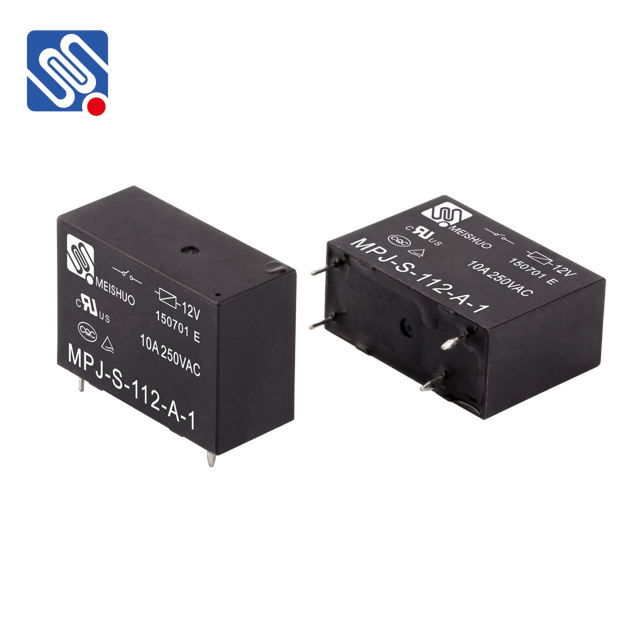The selection and procurement of relays are critical steps for ensuring the efficiency, safety, and reliability of electrical and automation systems. A well-drafted Relay Procurement Guide serves as a roadmap, assisting engineers, procurement officers, and project managers in identifying and acquiring the right type of relay for specific applications. This article outlines key considerations, best practices, and industry standards that should be followed when procuring relays.

1. Understanding Relay Types Relays are crucial components that control the flow of electricity by opening or closing contacts in an electrical circuit. Before purchasing a relay, it is important to understand the different types available: Electromechanical Relays (EMRs): These are the most common and versatile relays, using an electromagnet to physically move a contact mechanism. They are widely used in applications requiring simple on/off switching. Solid-State Relays (SSRs): These relays use semiconductor components to switch circuits without mechanical movement. They offer faster switching times, greater durability, and higher resistance to vibration compared to EMRs.